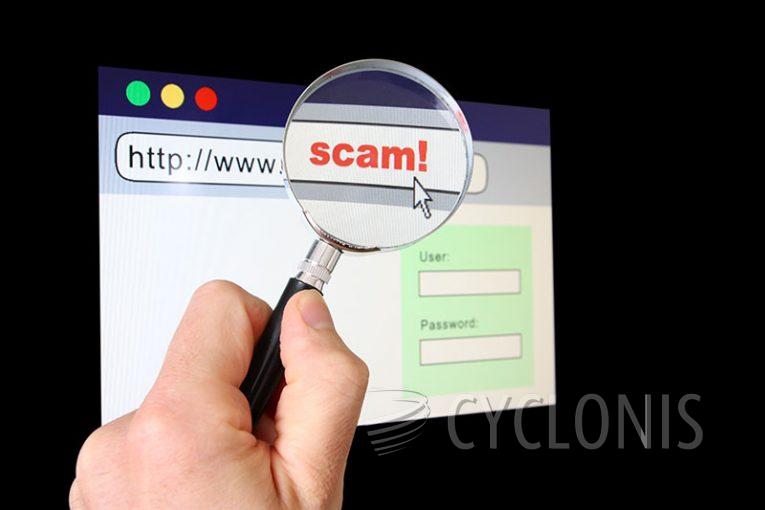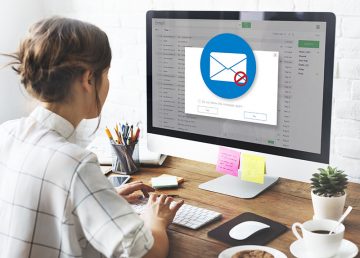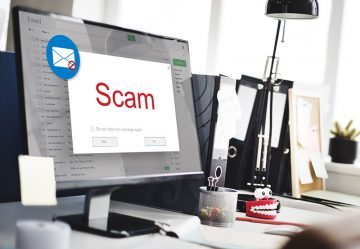Mailbox Password Security Update Email Scam

Upon examining the email titled "Mailbox Password Security Update," it was determined to be spam with deceptive intentions. The message falsely asserts that the recipient's mailbox faces security issues, aiming to entice them into divulging their login credentials on a phishing website.
The spam falsely claims that the recipient has neglected to update their mailbox password security since a specified date, warning of potential loss of access due to a recent security upgrade. To supposedly secure the account and prevent access loss, the recipient is prompted to click on "VERIFY NOW."
As stated earlier, all the assertions made in the email are unfounded, and it has no affiliation with any legitimate service providers or entities. The email promotes a phishing website disguised as an email sign-in page, intending to capture and relay entered information, such as email passwords, to cybercriminals. It's noteworthy that since emails are commonly linked to other accounts or platforms, criminals may exploit this access to gain entry into additional accounts.
Further emphasizing potential risks, scammers could use stolen identities to manipulate social account owners (e.g., emails, social networking, messengers) for loans, donations, endorsement of scams, and the dissemination of malware through sharing malicious links or files.
Simultaneously, compromised financial accounts (e.g., online banking, money transfers, e-commerce) could be misused for unauthorized transactions or online purchases. If sensitive or confidential content is discovered on compromised data storage or similar platforms, it could be exploited for blackmail or other illicit activities.
How Can You Recognize a Spam Email in Your Inbox?
Recognizing a spam email in your inbox is crucial for maintaining online security. Here are some common signs and techniques to identify spam:
Sender's Email Address:
Check the sender's email address. Be cautious if it looks suspicious, contains random characters, or if the domain is unfamiliar. Legitimate organizations usually use professional and recognizable email addresses.
Unusual Sender Names:
Be wary of emails with sender names that are unusual, misspelled, or not aligned with the supposed sender. Spoofed emails often use names that resemble legitimate entities.
Generic Greetings:
Spam emails often use generic greetings like "Dear Customer" or "Dear User" instead of addressing you by name. Legitimate organizations typically personalize their communications.
Unexpected Attachments or Links:
Avoid opening attachments or clicking on links in unexpected emails. Cybercriminals often use these to spread malware or lead you to phishing websites.
Urgent or Threatening Language:
Be cautious of emails that create a sense of urgency or use threatening language. Scammers may pressure you to act quickly without thinking.
Spelling of Domain Names:
Check the spelling of domain names in email links. Cybercriminals may use variations or misspelled versions of legitimate domains to deceive recipients.
Hover Over Links:
Hover your mouse over links without clicking to preview the URL. Ensure that the link destination matches the claimed purpose of the email.








